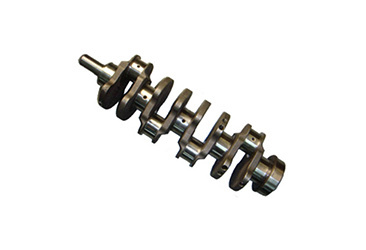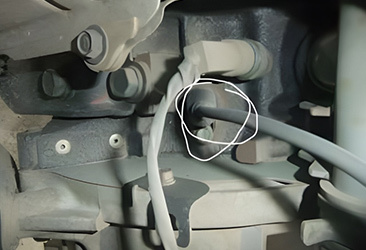What is the transmission method between the crankshaft and the camshaft?
Release time:
2022-08-24
Many people drive cars, which are important means of transportation. However, they may not be very familiar with some internal components of the car. Today, I want to introduce you to the crankshaft and camshaft, which are important components in a car. Recently, I came across a question: what is the transmission method of the crankshaft and camshaft?
Many people drive cars, which are important means of transportation. However, they may not be very familiar with some internal components of the car. Today, I will introduce you to the crankshaft and camshaft, which are important components in a car. Recently, I saw a question about what the transmission method between the crankshaft and camshaft is. Let's take a look together.
What is the transmission method between the crankshaft and camshaft: Camshaft
The camshaft is a component in piston engines. Its function is to control the opening and closing actions of the valves. Although in four-stroke engines, the speed of the camshaft is half that of the crankshaft (in two-stroke engines, the speed of the camshaft is equal to that of the crankshaft), it still operates at a high speed and needs to withstand significant torque. Therefore, there are high requirements for strength and support in its design, and its material is generally high-quality alloy steel or alloy steel. Since the motion law of valves relates to an engine's power and operational characteristics, camshaft design plays a very important role in engine design.
What is the transmission method between the crankshaft and camshaft: Crankshaft
The crankshaft is one of the most important components in an engine. It bears forces transmitted from connecting rods and converts them into torque to output through the crankshaft to drive other accessories on the engine. The crankshaft experiences combined effects from centrifugal forces due to rotating mass, periodic changes in gas inertial forces, and reciprocating inertial forces, causing it to bear bending torsional loads. Therefore, it requires sufficient strength and stiffness; its journal surfaces need to be wear-resistant, work uniformly, and have good balance.
What is the transmission method between the crankshaft and camshaft?
Common transmission methods between camshafts and crankshafts include gear transmission, chain transmission, and toothed belt transmission.
The transmission between lower-mounted camshafts or mid-mounted camshafts with crankshafts mostly uses cylindrical timing gears for transmission; generally only one pair of gears is needed from crankshaft to camshaft. If the diameter of driving gears is too large, an additional intermediate idler can be added. To ensure smooth engagement and reduce working noise, timing gears mostly use helical gears.
Chain transmission is common between overhead camshafts and crankshafts; however, its reliability and durability are not as good as gear transmissions. Toothed belts are widely used instead of chain transmissions in high-speed engines but chains are still used in some high-power engines. Toothed belts have characteristics such as low working noise, reliable operation, and low cost. For dual overhead camshafts, generally exhaust camshafts are driven by timing toothed belts or chains from the crankshaft while intake camshafts are driven by metal chains from exhaust camshafts or both intake and exhaust camshafts are driven by toothed belts or chains from the crankshaft.
Latest News









